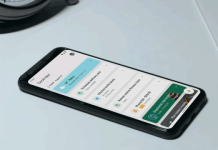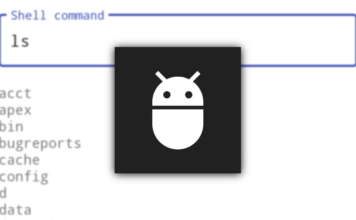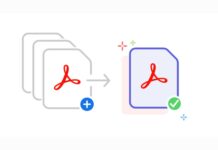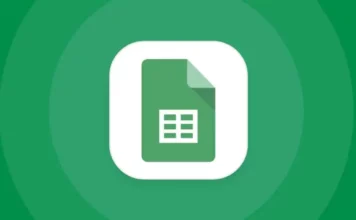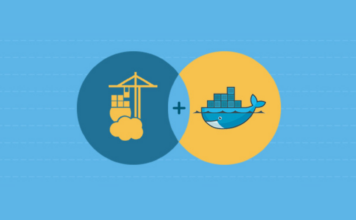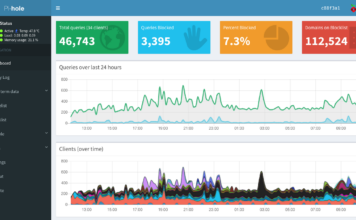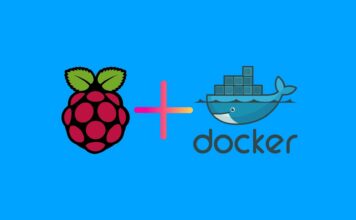LATEST PostsUPDATING STRAIGHT.
13 Best Poco F4 Hidden Features, Tips, and Tricks
POCO F4 runs on the latest Android 11 and MIUI 12.5 as you all know MIUI is always been a feature-full is so I’m...
How To Unlock Bootloader On POCO F4 Using “Mi Unlock” Tool?
The Poco F4’s 870 processor is carried over from the Poco F3, and it’s a capable flagship-ish chipset with 5G support. The Poco F4’s...
How to Download Movies From MX Player
MX Player is one of the most popular media players on the planet for Android devices, also MX Player is an Indian video streaming...
How to Download & Install OmniSD in Jio Phone Without PC
Are you looking forward to Install OmniSD App in Jio Phone? You have landed to the right place in this article I will show...
How To Activate CBS Sports On Roku, Amazon Fire Stick, Apple TV
CBS Sports HQ is a video streaming sports channel operated by the CBS Sports and ViacomCBS Streaming divisions of ViacomCBS. All users must create...
How to Block Hulu Ads
If you're using the ad-supported plan of Hulu, you'll be familiar with the annoying ads that frequently appear between TV shows and movies, which...
How to Unblock Websites on School Chromebook
Chromebooks are very powerful devices and they are highly used by schools it's easy to manage and control what students can do with them....
10 Best Free Web Series App
Free Web Series App is a must-have application for your phone as on a regular basis new web series is getting released and there...
7 Best Free Movie Download Apps For Android 2022
Are you looking for a legal free movie downloader app? In today's article, I have crafted a list to help you to find out...
Top 8 Ways to LG TV Not Connecting to WiFi (2022)
The new smartphones and TVs come with Wi-Fi 6 support to offer blazing-fast Wi-Fi speeds. The latest Wi-Fi router and your Smart TV combo...
How To Restart Or Reboot An LG TV
If you step into the smart TV market you will notice that LG is dominating because of the superior picture and sound quality. You...
5 Best Emoji Maker Apps
Emoji Maker Apps are important as Emoji is a small icon or digital image use to express your emotions ideas or deep feelings without...
LATEST APPSUPDATING STRAIGHT.
10 Best Free Web Series App
Free Web Series App is a must-have application for your phone as on a regular basis new web series is getting released and there...
7 Best Free Movie Download Apps For Android 2022
Are you looking for a legal free movie downloader app? In today's article, I have crafted a list to help you to find out...
5 Best Emoji Maker Apps
Emoji Maker Apps are important as Emoji is a small icon or digital image use to express your emotions ideas or deep feelings without...
5 Best Offline Dictionary Apps
Offline Dictionary Apps are very useful, the dictionary is always helpful in learning in new languages or understanding the meaning of any words. In...
5 Best Chromecast Apps for Windows
It’s 2022 and almost everyone has moved to wireless services such as music and video streaming on Spotify or YouTube. Yet, there is a...
7 Best Free Educational Apps for Students & Kids of 2022
Choosing the right educational app is vitally important when you want to learn from high-quality resources. The internet and smartphone have finished the gap...
5 Best To-Do Apps for Android
Whether you are a video editor, blogger, student, professional, or a normal user of Android, you should invest in a capable to-do app to...
5 Best Apps to Download Music on iPhone and iPad
There is no doubt that the iPhone and iPad are some of the best devices for media consumption, but ios are far behind in...
8 Best Free MP3 Downloader for Android
Music has the magic to heal the mental stress. All thanks to the high-speed 4G, 5G and WIFI connection that today, the MP3 music...
5 Best Calendar App for iPhone 2022
Calendar plays an important role in making your life productive, Apple makes some of the best applications with strong integration in the Mac ecosystem,...
7 Best Text Editors for Mac in 2022
Text editors play a major role for Mac users. Whether you are using it for editing configuration files or writing scripts, everyone has a...
5 Best Clipboard Managers for Chromebook in 2022
Clipboard managers are essential tools for everyone, now when everybody is working from home. The Clipboard Managers make copying and pasting text between apps...
ChromebookLatest Tutorials
How to Unblock Websites on School Chromebook
Chromebooks are very powerful devices and they are highly used by schools it's easy to manage and control what students can do with them....
How to use the snipping tool on a Chromebook
Many new ChromeOS users are looking for some kind of snipping tool, while you can find many screenshot tools on the chrome store but,...
How to Fix Developer Mode is Disabled on This Device by System Policy Chromebook
Open school administrator disables the developer mode on school Chromebooks if you try to enable it you will always get the error "developer mode...
How to Screenshot on School Chromebook
A Chromebook is an excellent choice for a student it's good for web browsing, word processing, or streaming video and audio. Storage isn't a...
How to Combine PDFs in Windows 10, Mac, Chromebook
You don't need to be an expert to combine your PDFs into one document. Merging multiple PDFs is needed for students, teachers, and employees...
How to Use Emojis on Chromebook
Typing with Emoji characters on a Chromebook is very easy once you learn how to enable Emoji on the Chromebook. Hashtags and emojis have...
5 Best Ethernet Adapters for Chromebook
If you own a Chromebook, you must already know about the lack of ports. Chromebooks are very affordable and lightweight devices and the lack...
How to Factory Reset Chromebook
Chromebooks are very lightweight and powerful devices, I personally use an HP Chromebook 14, ChromeOS improves my workflow as it syncs all the data...
7 Best Video Editing Software for Chromebook in 2022
Your Chromebook is a great tool for editing video, but people often think that Chromebooks are only for web browsing. If you're looking for...
How to Install Docker on Chromebook
Chromebook market share is growing day by day students are using it in schools and colleges. If you got a Chromebook and you have...
How to Install Stremio on Chromebook
Chromebooks are very versatile devices as it has the ability to install Android apps as well as Linux apps, if you are looking to...
5 Best Clipboard Managers for Chromebook in 2022
Clipboard managers are essential tools for everyone, now when everybody is working from home. The Clipboard Managers make copying and pasting text between apps...































